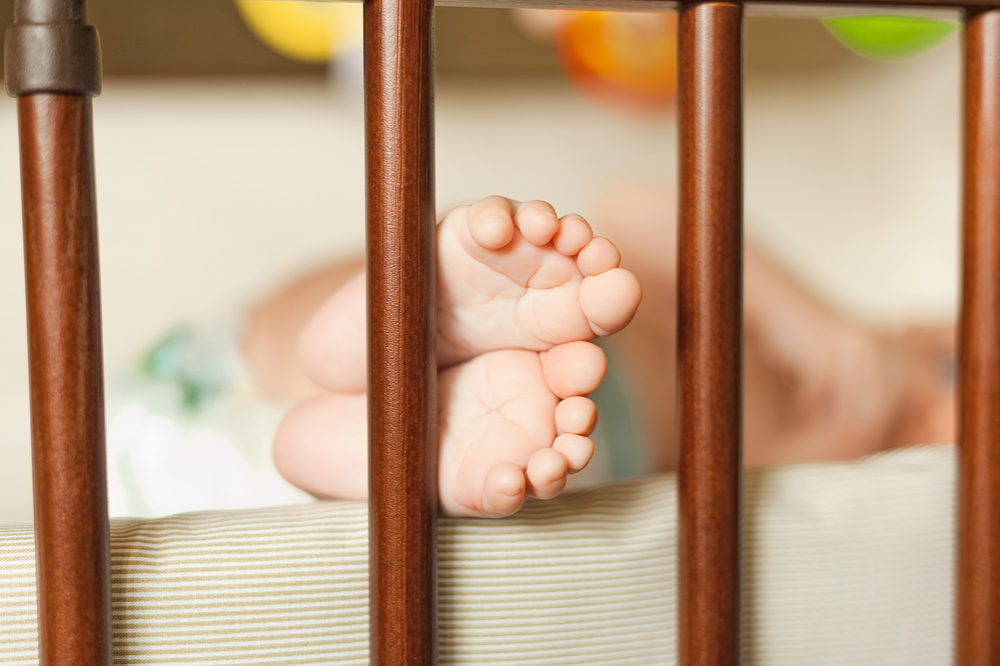Unsafe Bedding Places Many Sleeping Babies at Risk of Injury: Study

Nine out of ten infants may be at risk of crib death, because parents and caregivers continue to allow potentially dangerous items inside of their cribs or use unsafe bedding, according to the findings of a new study.
Research from Penn State College of Medicine indicates that despite a large push in the late 90s and early 2000s to raise consumer awareness about crib safety, and reduce the risk sudden infant death syndrome (SIDS), many consumers are still not heeding the warnings, placing infants throughout the U.S. at risk.
The findings were published in the August issue of the medical journal Pediatrics.

Did You Know?
Millions of Philips CPAP Machines Recalled
Philips DreamStation, CPAP and BiPAP machines sold in recent years may pose a risk of cancer, lung damage and other injuries.
Learn MoreSIDS is the most common cause of infant mortality. Deaths often occur during sleep or in a sleep environment, and often result from accidental suffocation and strangulation in bed. SIDS also includes infant deaths with no conclusive cause of death.
Researchers recruited families of 160 healthy term newborns to examine the role of parenting in the development of nighttime infant sleep patterns. Video recordings were conducted within family homes of newborns delivered at two hospitals in Pennsylvania. The mothers were approached within 48 hours of delivery and video surveillance was conducted for one night at ages 1, 3, and 6 months.
Among the 160 one-month olds, 91% had loose or unsafe items in their cribs. Those items included bedding, bumper pads, pillows, stuffed animals, and products used to position infants during sleep.
About 21% of infants were placed to sleep on non-recommended sleep surfaces and 14% were placed on their stomachs, despite doctor recommendations to put an infant to sleep only on their back.
Among 151 three-month olds, 87% had what doctors deem hazardous items in their cribs. Ten percent of three-month olds were placed on a non-recommended sleep surface and 18% were put to sleep on their stomachs.
Among the 147 six-month olds in the study, 93% had loose bedding or other potentially harmful items in their cribs. In this age group, 33% were put to sleep on their stomachs and 12% of the infants were put to bed on a non-recommended surface.
Researchers say overall 28% of one-month olds changed sleep locations during the night, 18% of three-month olds and 12 percent of 6 month olds also changed sleep locations. This increased the likelihood of bed-sharing and an infant being put back to sleep on the stomach instead of the back at the second location.
Among one-month olds, only 64% were always in their own bed. In the three-month old group, 82% were put to sleep on their back, but when the infant woke up in the middle of the night and were put back to sleep 65% were not put on their backs.
Parents Ignore SIDS Warnings
Most parents placed their infants in sleep environments with known risk factors even though they knew they were being recorded for the study. If infants were moved during the night, the second sleep environment tended to have more hazards.
Research indicates soft bedding and crib bumpers continue to be found in cribs of infants who died in sleep related deaths. SIDS rates have declined since 1990; however, rates of accidental suffocation and strangulation increased since the late 1990s reaching the highest rate in 2014, at 21.4 deaths for every 100,000 live births. More than 3,500 infants die each year from SIDS.
SIDS risk factors include, side and stomach sleeping, loose and soft bedding and sleep surfaces, bed sharing, tobacco use and not breastfeeding.
Data from the National Infant Sleep Position Study indicated 73% of parents placed infants on their stomachs to sleep in 2010 and more than half continued to use loose bedding.
Researchers say parents continue to ignore SIDS warnings, mainly because they don’t think it will happen to them. However, some blame is due to the heavy marketing of soft and loose types of bedding to consumers. Many parents assume because the items are sold they are safe. Doctors recommend keeping the sleeping area free of soft and loose objects until 1 year old.
Want a weekly update on top lawsuits, recalls & warnings?
"*" indicates required fields





0 Comments